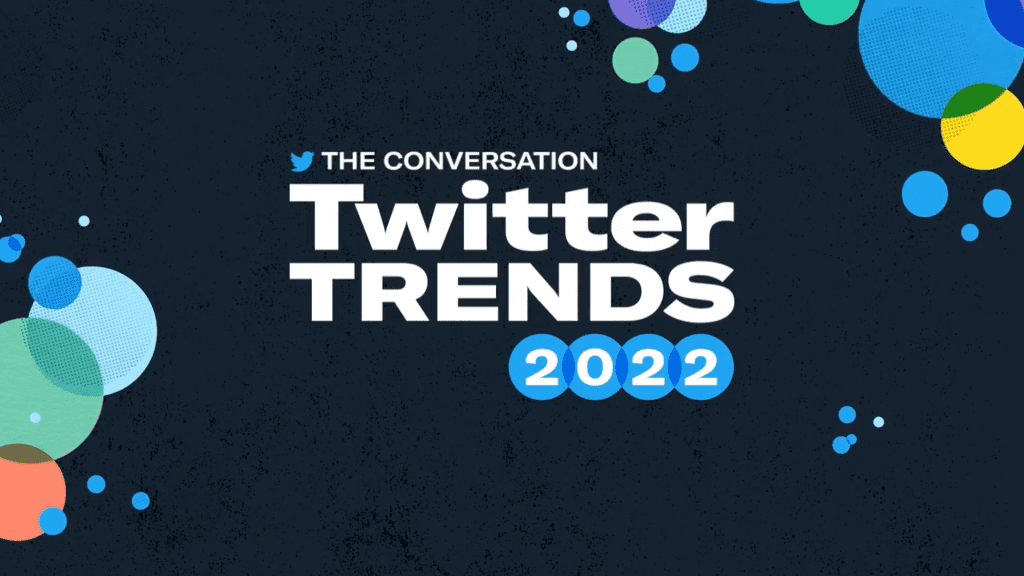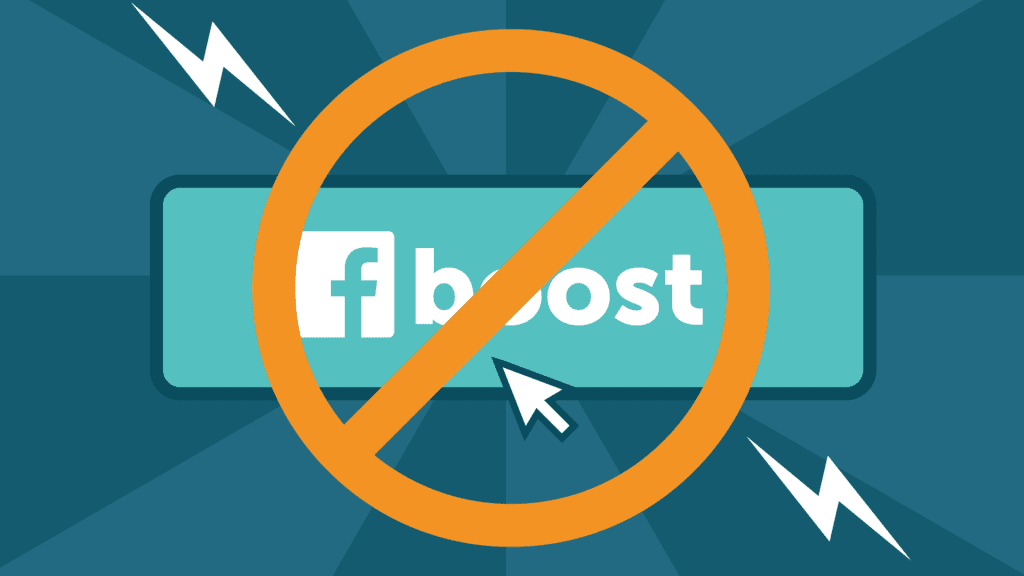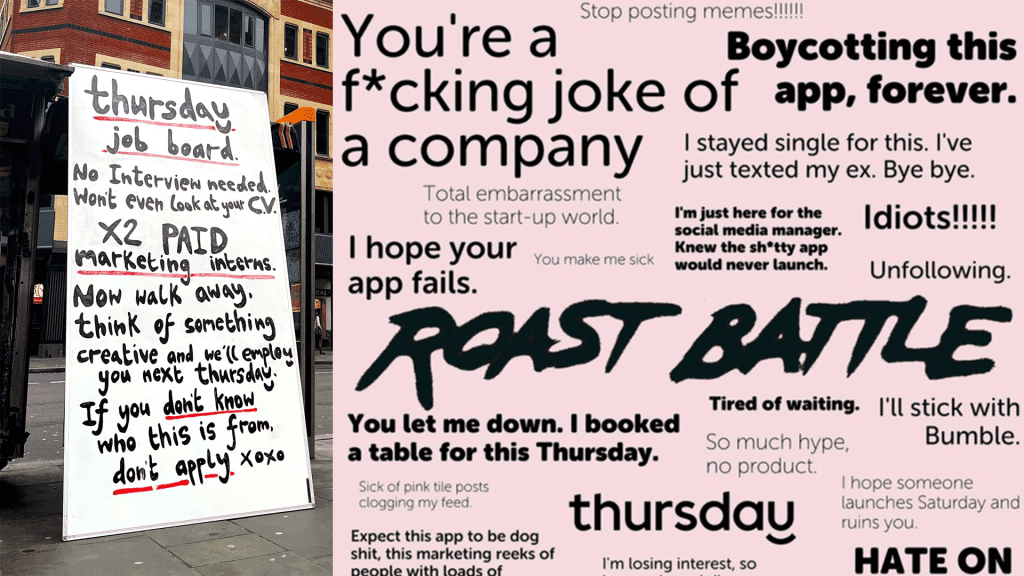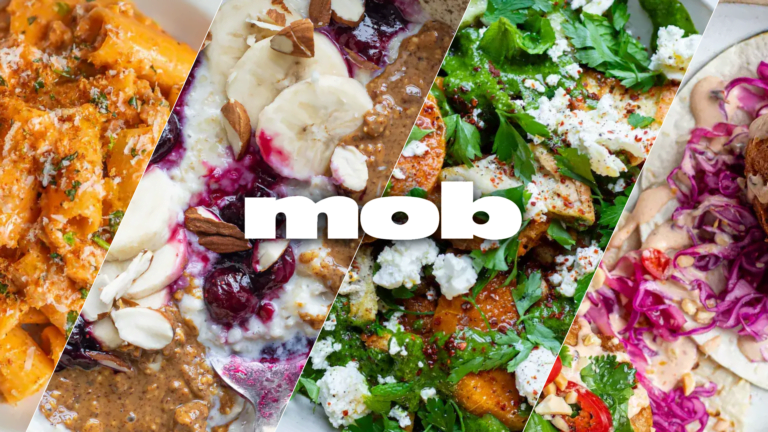How to future-proof your social strategy
Time and again marketers are hit with simplistic phrases that lack a much-needed holistic approach to social. “Organic social doesn’t deliver tangible results.” “Your social marketing should be sales-led.” “Boosting posts is a waste of money.” The list goes on.
Jerry Daykin joined episode 177 of the Social Minds podcast to clarify exactly when and where these phrases apply – if at all. As the former EMEA senior media director at GSK and current head of global media at Beam Suntory, he’s more than qualified to do so.

“When it comes to marketing, digital transformation for brands means having digital sense,” says Jerry. “It’s about identifying opportunities that will drive growth for your brand.”
Brands should prioritise getting the basics right – like their social media. The primary focus should be on strategies that consistently deliver, investing a small amount of time and money into experimental projects. Pilots let us innovate, but so much of great marketing is tried and tested.
Pilots being one of Jerry’s six P’s of digital transformation. The remaining five: people, partners, process, passion and performance. For an in-depth explanation of all six, look no further than Jerry’s LinkedIn article.
High numbers look great on a spreadsheet but count for nothing if there’s no meaningful impact.
Jerry doesn’t subscribe to marketing’s ‘hustle culture’; the notion that social media managers need to chase the latest trends to stay relevant. Instead, your brand’s unique identity should supersede the need to capitalise on every possible opportunity.
See trends as opportunities to reach new audiences, but only if your brand is the right fit. Align trends with your brand personality and performance objectives. High numbers look great on a spreadsheet but count for nothing if there’s no meaningful impact.

Just as with trends, much of digital transformation necessitates a nuanced perspective. Yes, social platforms are no longer a free tool for marketers. But does that mean organic social is dead? Not entirely.
According to Jerry, achieving organic reach isn’t a bad thing, and neither are vanity metrics – likes, comments and shares. But brands should always be investing in their content with an appropriate advertising budget.
“There’s a misconception that to be a truly good community manager you have to earn your reach and audience,” Jerry says, alluding to another of hustle culture’s less positive implications. “But don’t be afraid to put ad spend behind your best content.”
It’s standard practice for big name brands, but what if you’re a small business on a tight budget? Even boosting posts can make all the difference. Spend £10 and suddenly there’s 1000 more chances to convert followers into customers- and they’re all in your postcode. For a small business, that’s invaluable.

So if organic and paid social strategies aren’t universally applicable to all brands, then how do we view them in a way that is? A holistic perspective sees organic social as retention-based and paid social as a tool for growth. Or as Jerry puts it, appealing to people who don’t care.
On the face of it this seems like a surprising tactic, but it’s a solid foundation for your paid social marketing. “If you can appeal to the people who don’t care, then the people who do care will love it,” says Jerry. Your social advertising needs to speak to people who are indifferent to, unaware of or sceptical about your brand if you want to grow. In doing this, you guarantee that your existing audience will be engaged too.
If you can appeal to the people who don’t care, then the people who do care will love it.
This doesn’t necessarily mean your content should always advertise your product outright. Performance marketers are inclined to say that all marketing should be sales-led, but again, this throws up some grey areas. Ultimately the customer journey should end with a sale. But how they get there depends on your brand.
“Social can be about sales for some brands. But no one is buying a chocolate bar or a pint of beer from Instagram,” Jerry laughs. Your social media marketing doesn’t need to constantly shout about your brand’s latest deals and discount codes, as long as you’re supporting the bigger picture. Dating app Thursday is a great example – using tongue-in-cheek ads and home-grown PR stunts to great effect (for more on that, see our previous article).

And what about the future of digital transformation? Jerry gives us his take on marketing’s next big thing: the metaverse.
“The metaverse is coming. For most marketers, it’ll be up to 10 years until it becomes a large part of what you do.” Now is a good time to experiment with a small portion of your time and budget if you have the means. If you haven’t, use the opportunity to learn from brands that are excelling in this space.
But brands that dabble in virtual goods should do so with their audience in mind, Jerry reminds us. Most consumers aren’t yet as proficient in all things metaverse as marketers sometimes assume they are. Remember it’s only worth pursuing if the virtual experience you’re promising is significantly better and more rewarding than what you can offer now.
How to level up your performance marketing:
- Don’t be afraid to experiment with trends or try something new on social – just make sure there’s a purpose for it.
- The majority of the time, approach paid social with a handful of key strategies proven to deliver results.
- Doubling your audience doesn’t have to come at a heavy cost. If you’re on a tight budget, spend small amounts wisely to see results.
- Answer to your consumers, not the industry. Are NFTs a good investment for your brand right now if 90% of your audience doesn’t have a crypto wallet?
- To grow, you need to convert people who are indifferent to your brand. Target these people – not your existing audience – with paid social.
- Prioritise meaningful metrics like reach, brand impact and view through rates over likes, comments and shares.
- Not all brands are inherently talkable. So get creative with storytelling on social and let that be your brand identity.





